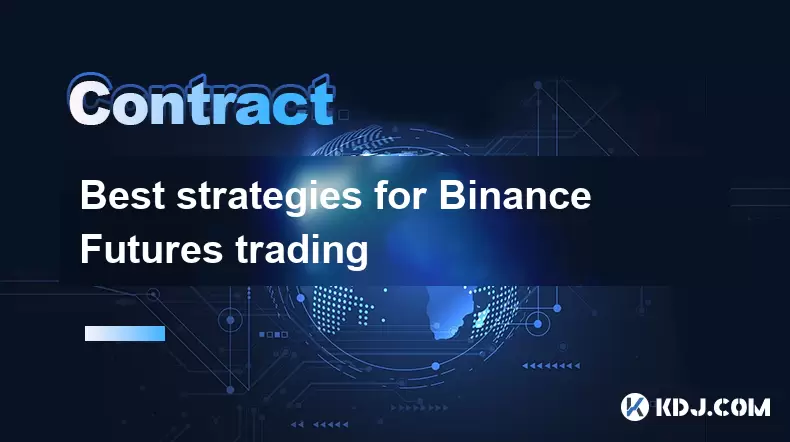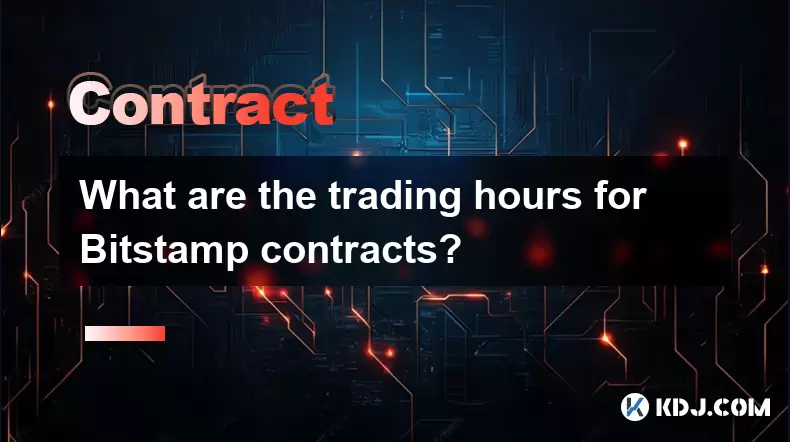-
 Bitcoin
Bitcoin $117500
2.04% -
 Ethereum
Ethereum $3759
3.02% -
 XRP
XRP $3.171
3.30% -
 Tether USDt
Tether USDt $1.000
0.03% -
 BNB
BNB $782.4
2.52% -
 Solana
Solana $187.2
5.62% -
 USDC
USDC $0.0000
0.02% -
 Dogecoin
Dogecoin $0.2380
5.26% -
 TRON
TRON $0.3175
1.07% -
 Cardano
Cardano $0.8227
4.03% -
 Hyperliquid
Hyperliquid $44.50
5.44% -
 Sui
Sui $4.020
10.07% -
 Stellar
Stellar $0.4396
6.28% -
 Chainlink
Chainlink $18.32
4.55% -
 Hedera
Hedera $0.2628
10.71% -
 Bitcoin Cash
Bitcoin Cash $554.8
4.90% -
 Avalanche
Avalanche $24.20
4.60% -
 Litecoin
Litecoin $113.7
2.31% -
 Shiba Inu
Shiba Inu $0.00001413
5.99% -
 UNUS SED LEO
UNUS SED LEO $8.984
0.11% -
 Toncoin
Toncoin $3.326
7.22% -
 Ethena USDe
Ethena USDe $1.001
0.00% -
 Uniswap
Uniswap $10.49
4.56% -
 Polkadot
Polkadot $4.092
4.02% -
 Monero
Monero $326.6
1.30% -
 Dai
Dai $1.000
-0.01% -
 Bitget Token
Bitget Token $4.570
2.49% -
 Pepe
Pepe $0.00001267
5.10% -
 Aave
Aave $297.3
3.10% -
 Cronos
Cronos $0.1344
4.10%
Best strategies for Binance Futures trading
Binance Futures allows leveraged trading with USDT or coin-margined contracts; use isolated margin for controlled risk and always set stop-losses to manage exposure effectively.
Jul 26, 2025 at 10:22 am

Understanding Binance Futures Contracts
Binance Futures offers traders the ability to speculate on price movements of cryptocurrencies using leverage. Traders can go long (buy) or short (sell) based on their market outlook. The platform supports both USDT-margined and coin-margined contracts. USDT-margined contracts settle in stablecoins, making profit/loss calculations more predictable. Coin-margined contracts settle in the base cryptocurrency, which can amplify gains or losses due to volatility.
It's essential to grasp the difference between isolated margin and cross margin modes. Isolated margin limits risk to the allocated amount per position. Cross margin uses your entire wallet balance as collateral, which increases risk but can prevent liquidation during short-term price swings.
Choosing the Right Leverage
Leverage magnifies both profits and losses. While Binance allows up to 125x leverage on certain pairs, this is not advisable for beginners.
- Low leverage (2x–10x) suits conservative traders who prioritize capital preservation.
- Medium leverage (10x–50x) is suitable for experienced traders with a clear risk management plan.
- High leverage (50x–125x) should only be used by professionals who understand liquidation mechanics and have tight stop-loss strategies.
To adjust leverage on Binance: - Open the Futures trading interface
- Select your contract (e.g., BTCUSDT)
- Click the leverage dropdown near the order panel
- Choose your desired level
- Confirm the change via pop-up dialog
Implementing Risk Management Techniques
Effective risk management is non-negotiable in futures trading. Every trade should include a stop-loss and take-profit level. Binance allows setting these directly in the order form. - Stop-loss limits losses if the market moves against you. Place it just beyond key support/resistance levels.
- Take-profit locks in gains automatically. Use a risk-reward ratio of at least 1:2 — meaning potential profit should be double the risk.
Also, never risk more than 1–2% of your total account equity per trade. For example, with a $1,000 balance, never expose more than $20 per trade. This prevents account blowouts during losing streaks.Using Technical Analysis for Entry and Exit
Successful Binance Futures traders rely on technical indicators to time entries and exits. Popular tools include: - Moving Averages (MA): Use the 50-period and 200-period MA to identify trend direction. A golden cross (50 MA above 200 MA) signals a bullish trend.
- Relative Strength Index (RSI): Readings above 70 suggest overbought conditions (potential short entry). Below 30 indicates oversold (potential long entry).
- Bollinger Bands: Price touching the upper band may indicate a reversal to the downside. Lower band touches may signal a bounce.
Combine at least two indicators to avoid false signals. For example, enter a long position only if RSI is below 30 and price bounces off the lower Bollinger Band.Executing a Scalping Strategy on Binance
Scalping involves making multiple small trades throughout the day to capture minor price movements. It suits high-frequency traders comfortable with fast decision-making. - Use 5-minute or 15-minute charts for entry signals
- Set tight stop-losses (0.5%–1%) and take-profits (1%–2%)
- Focus on high-volume pairs like BTCUSDT or ETHUSDT
- Enable post-only orders to avoid paying taker fees
- Monitor order book depth to anticipate short-term price shifts
Scalping requires discipline. Avoid emotional trading — exit when your target is hit, even if the price continues moving.Frequently Asked Questions
How do I calculate my liquidation price on Binance Futures?
Binance automatically displays your liquidation price in the position panel. To manually calculate it for a long position:Liquidation Price = Entry Price × (1 - (Initial Margin % / Leverage))
For a short:Liquidation Price = Entry Price × (1 + (Initial Margin % / Leverage))
Example: Long BTC at $60,000 with 10x leverage → Liquidation ≈ $54,000 (assuming 10% initial margin).Can I change my stop-loss after opening a position?
Yes. In the active positions tab, click the three dots next to your trade and select “Modify Stop-Loss/Take-Profit.” You can adjust the price or switch between market and limit orders. This is useful for trailing stops or locking in profits.What happens if my position gets liquidated?
Binance will automatically close your position when the mark price hits your liquidation level. You lose the margin allocated to that trade. If using cross margin, other positions may be affected to cover the loss. Always monitor your maintenance margin ratio to avoid this.Is copy trading available on Binance Futures?
Yes. Binance offers a “Copy Trading” feature where you can mirror experienced traders’ positions in real time. You set your own risk parameters (leverage, position size), and Binance executes trades automatically. Review the leader’s historical PnL, win rate, and max drawdown before copying.
Disclaimer:info@kdj.com
The information provided is not trading advice. kdj.com does not assume any responsibility for any investments made based on the information provided in this article. Cryptocurrencies are highly volatile and it is highly recommended that you invest with caution after thorough research!
If you believe that the content used on this website infringes your copyright, please contact us immediately (info@kdj.com) and we will delete it promptly.
- Vaultz Capital's Bitcoin Bet: A Strategic Shift on the Aquis Exchange
- 2025-07-26 20:30:12
- Pi Coin, Wallet Features, and Coinbase: What's the Buzz?
- 2025-07-26 18:30:12
- Worldcoin, Punisher Coin, and the Meme Coin Mania: What's the Haps?
- 2025-07-26 18:30:12
- Conviction, Justice System, and Murders: A Look at Recent Cases and Shifting Perspectives
- 2025-07-26 18:50:11
- Shiba Inu, Remittix, and the Market Surge: What's the Hype?
- 2025-07-26 19:10:12
- Cardano Price, ADA Holders, and Leadership Criticism: What's the Real Deal?
- 2025-07-26 19:30:12
Related knowledge

Why is my Bitstamp futures position being liquidated?
Jul 23,2025 at 11:08am
Understanding Futures Liquidation on BitstampFutures trading on Bitstamp involves borrowing funds to open leveraged positions, which amplifies both po...

Does Bitstamp offer inverse contracts?
Jul 23,2025 at 01:28pm
Understanding Inverse Contracts in Cryptocurrency TradingIn the realm of cryptocurrency derivatives, inverse contracts are a specific type of futures ...

How to find your Bitstamp futures trade history?
Jul 23,2025 at 08:07am
Understanding Bitstamp and Futures Trading AvailabilityAs of the current state of Bitstamp’s service offerings, it is critical to clarify that Bitstam...

Can I use a trailing stop on Bitstamp futures?
Jul 23,2025 at 01:42pm
Understanding Trailing Stops in Cryptocurrency TradingA trailing stop is a dynamic type of stop-loss order that adjusts automatically as the price of ...

Can I use a trailing stop on Bitstamp futures?
Jul 25,2025 at 02:28am
Understanding Trailing Stops in Cryptocurrency Futures TradingA trailing stop is a dynamic type of stop-loss order that adjusts automatically as the m...

What are the trading hours for Bitstamp contracts?
Jul 24,2025 at 11:56am
Understanding Bitstamp and Contract Trading AvailabilityBitstamp is one of the longest-standing cryptocurrency exchanges, established in 2011 and head...

Why is my Bitstamp futures position being liquidated?
Jul 23,2025 at 11:08am
Understanding Futures Liquidation on BitstampFutures trading on Bitstamp involves borrowing funds to open leveraged positions, which amplifies both po...

Does Bitstamp offer inverse contracts?
Jul 23,2025 at 01:28pm
Understanding Inverse Contracts in Cryptocurrency TradingIn the realm of cryptocurrency derivatives, inverse contracts are a specific type of futures ...

How to find your Bitstamp futures trade history?
Jul 23,2025 at 08:07am
Understanding Bitstamp and Futures Trading AvailabilityAs of the current state of Bitstamp’s service offerings, it is critical to clarify that Bitstam...

Can I use a trailing stop on Bitstamp futures?
Jul 23,2025 at 01:42pm
Understanding Trailing Stops in Cryptocurrency TradingA trailing stop is a dynamic type of stop-loss order that adjusts automatically as the price of ...

Can I use a trailing stop on Bitstamp futures?
Jul 25,2025 at 02:28am
Understanding Trailing Stops in Cryptocurrency Futures TradingA trailing stop is a dynamic type of stop-loss order that adjusts automatically as the m...

What are the trading hours for Bitstamp contracts?
Jul 24,2025 at 11:56am
Understanding Bitstamp and Contract Trading AvailabilityBitstamp is one of the longest-standing cryptocurrency exchanges, established in 2011 and head...
See all articles

























































































